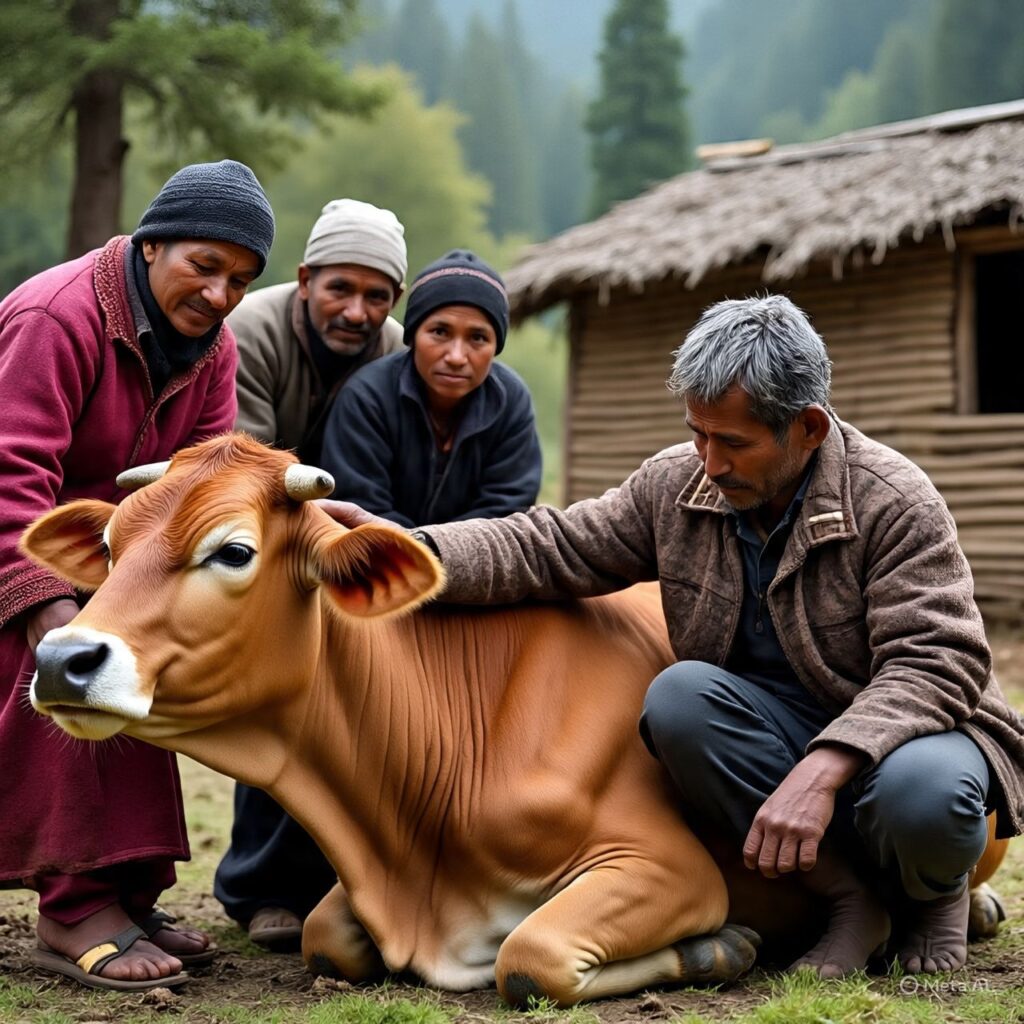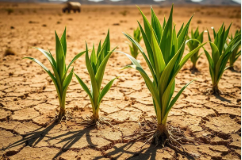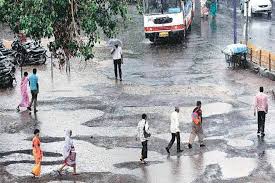
In a significant step towards animal welfare and rural livelihood support, the Himachal Pradesh government has announced a substantial increase in the monthly incentive given under its Gaupal Yojana. This move aims to strengthen the protection and upkeep of abandoned cattle across the state’s many registered cow shelters and sanctuaries.
On Thursday, Himachal Pradesh’s Minister for Animal Husbandry and Agriculture, Chander Kumar, confirmed that the financial assistance per cattle head under the Gaupal Yojana would rise from ₹700 to ₹1,200 per month. The increased amount will be disbursed starting August 2025 to all registered gaushalas (cow shelters) in the state.
Why the Gaupal Yojana Matters
Cows hold immense cultural, ecological, and economic value in India, and many states have formal policies to protect abandoned or stray cattle. Himachal Pradesh, known as ‘Devbhoomi’ (Land of the Gods), has long recognized the need for well-maintained shelters to house cattle that have been left to fend for themselves.
The Gaupal Yojana is a flagship initiative run through the Himachal Pradesh Cow Welfare Commission. Under this scheme, registered gaushalas receive a monthly financial incentive for every head of cattle they shelter. This funding helps cover the costs of fodder, shelter maintenance, medical care, and other operational needs.
However, rising costs of feed, veterinary care, and shelter upkeep have outpaced the assistance amount. The increase from ₹700 to ₹1,200 per animal is expected to ease this burden and ensure that thousands of cattle continue to receive adequate care.
Decisions at the Sixth Meeting of the Cow Welfare Commission
The announcement was made during the sixth meeting of the Himachal Pradesh Gau Sadan (Cow Shelter) Commission, held in Shimla under the chairmanship of Minister Chander Kumar. The meeting brought together officials and stakeholders to review the functioning of shelters, discuss challenges, and plan the way forward for the state’s cow protection network.
Currently, Himachal Pradesh has 276 registered cow shelters and sanctuaries providing refuge to over 21,300 abandoned cattle. These shelters, spread across the hills and valleys of the state, play a crucial role in preventing stray cattle from wandering on roads, damaging crops, or falling victim to accidents.
The meeting also reviewed plans to expand shelter capacity by setting up new facilities in Kangra, Hamirpur, and Una districts. The goal is to ensure that no abandoned cattle are left without care.
Ensuring Better Veterinary Care
Minister Chander Kumar directed the Animal Husbandry Department to guarantee regular veterinary check-ups in all shelters. He emphasized that shelter operators must maintain proper records of the animals in their care, including health status, medical treatments, and upkeep expenses.
Regular veterinary visits not only ensure the well-being of cattle but also help control the spread of diseases that can affect entire herds if left unchecked. The directive for better record-keeping aims to improve transparency and accountability, so that government support is used effectively.
A Broader Vision for Cow Protection
Himachal’s model of cow protection through well-funded, organized shelters can serve as an example for other states. Across India, stray cattle have become a major challenge — causing road accidents, damaging crops, and sometimes facing neglect or cruelty.
By increasing financial incentives, the Himachal government hopes to strengthen the role of gaushalas as safe havens for cattle. Better funding means shelters can afford quality fodder, proper sheds, and trained caretakers.
Voices from the Field
Leaders from various cow welfare organizations have welcomed the decision. They see the higher incentive as vital for shelters that are often run on tight budgets and depend heavily on donations and state support.
Many shelter managers point out that rising fodder prices and animal feed shortages make it hard to care for cattle humanely. They believe that the revised funding will help them meet nutritional needs, improve hygiene, and expand capacity to accommodate more stray or abandoned cattle.
Disaster Relief: Chief Minister Steps In
The focus on cattle welfare does not stop at regular shelter funding. On the same day, Chief Minister Sukhvinder Singh Sukhu visited families in Mandi district’s Nachan Assembly segment, where heavy rains and landslides have caused extensive damage.
Residents of Bagga and Panglyur villages told the Chief Minister about their loss of livestock, cattle sheds, and homes due to landslides and cloudbursts. Expressing concern over the loss of cattle, sheep, goats, and other livestock, the Chief Minister assured families that the government would fully compensate them for their losses.
He announced an immediate relief package of ₹7 crore for reconstruction in disaster-hit areas. He also promised a special relief package soon for all those affected by recent natural calamities.
Protecting Livelihoods, Not Just Cattle
In rural Himachal Pradesh, livestock is not just an animal — it is the backbone of many families’ livelihoods. Cows, buffaloes, sheep, goats, and poultry contribute to household nutrition, supplement farm incomes, and provide manure for fields.
When disasters strike, the loss of animals can push already vulnerable families deeper into poverty. The Chief Minister’s visit and commitment to livestock compensation recognize this ground reality.
Farmers often invest years in raising cattle. Losing them overnight to floods or landslides can erase years of economic security. By pledging full compensation for livestock losses, the state government aims to help families recover quickly and resume their livelihood activities.
Strengthening the Infrastructure for Shelters
The government’s plans to expand the network of shelters come at a crucial time. Many remote parts of the state still lack organized cow shelters, which leaves stray cattle to wander onto highways or into villages.
Officials say that new shelters and sanctuaries in Kangra, Hamirpur, and Una will help distribute the burden more evenly. Larger shelters in these districts will be able to house hundreds more cattle each, reducing pressure on existing facilities.
Additionally, modern shelters will include sheds with proper roofing, secure fencing, clean water facilities, medical rooms, and storage for feed. The goal is to create a sustainable ecosystem for cattle care, not just temporary holding pens.
Challenges Ahead
While the increased incentive is a big positive, cow shelter operators point to several areas that still need attention:
1️⃣ Timely Disbursement
In the past, delays in payment under the Gaupal Yojana have caused operational hurdles. Shelter operators sometimes struggle to buy fodder or pay workers when payments are late. Ensuring that the new, higher amount is disbursed on time every month will be key.
2️⃣ Quality of Care
Not all shelters are equally well-managed. Some face allegations of overcrowding or poor hygiene. With higher funding comes greater responsibility. Monitoring mechanisms must ensure that every rupee spent translates into better care for animals.
3️⃣ Community Participation
Community awareness and support are vital. Many abandoned cattle come from families that cannot afford to keep old or non-productive animals. Awareness campaigns and community cow shelters can encourage people to bring stray cattle to shelters rather than leaving them to wander.
4️⃣ Sustainable Funding
While state support is crucial, shelters also need to diversify funding sources. Encouraging local donations, partnerships with NGOs, and corporate social responsibility (CSR) initiatives can strengthen the financial backbone of gaushalas.
Livestock and Rural Economy: The Bigger Picture
This move aligns with a growing recognition nationwide that livestock plays a huge role in India’s rural economy. Dairy, for example, contributes nearly a third of India’s agricultural GDP. In Himachal Pradesh, cattle provide milk, manure, and draft power for small farms, especially in hilly terrain where mechanized farming is harder.
Ensuring good care for abandoned cattle not only protects the animals but also supports public safety and community harmony. Stray cattle on roads cause accidents every year, posing a risk to both people and animals.
Combining Welfare with Productivity
Alongside shelters for abandoned cattle, experts suggest the state should also invest in scientific cattle management to boost productivity for farmers. This includes:
- Improved breeding programs for higher milk yields.
- Regular vaccination and disease control.
- Training for farmers in modern dairy practices.
- Linking farmers to cooperative milk collection centers for fair prices.
Combining protection for abandoned cattle with support for productive cattle farming creates a balanced approach that respects animal welfare while boosting rural incomes.
Himachal’s Disaster Response: A Model for Livelihood Recovery
Himachal Pradesh’s decision to compensate for livestock losses as part of its disaster relief shows an understanding of what truly matters to rural families. Unlike household goods or buildings, livestock cannot be rebuilt from bricks and mortar alone. A lost cow or goat means lost income, lost nutrition, and lost security.
By acknowledging this and promising full compensation, the government sends a strong signal that it stands by its farmers and herders in times of crisis.
Looking Ahead: A Humane, Sustainable Future
As the new incentive under the Gaupal Yojana rolls out in August 2025, it is expected to bring immediate relief to shelters, cattle caretakers, and thousands of abandoned animals. But its success will ultimately depend on effective implementation, community involvement, and robust monitoring.
Himachal Pradesh’s approach — combining higher financial support for shelters with disaster compensation for livestock losses — reflects a humane, forward-thinking vision. It recognizes that animal welfare and rural livelihoods are deeply intertwined.
If the model succeeds, it could inspire other states to strengthen their own support for cow protection, shelters, and livestock farmers — ensuring that the bond between people and animals, which has defined India’s villages for centuries, remains strong and compassionate.














